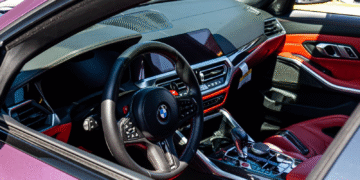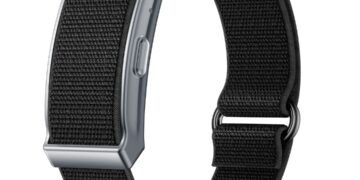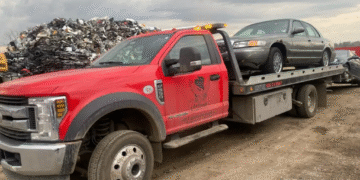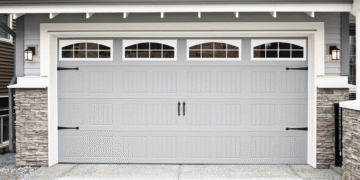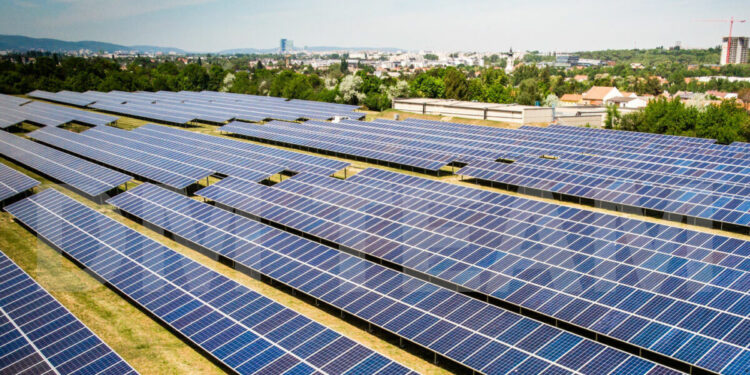Solar energy is growing fast around the world. Many people now want a simple, safe, and efficient way to use solar power at home or in small business places. HMS Photovoltaik is one of the solutions that is gaining attention. In this article, you will learn what HMS Photovoltaik means, how it works, its benefits and challenges, and how to choose or use it well.
What Is HMS Photovoltaik?
“HMS Photovoltaik” usually refers to solar systems that use HMS microinverters made by Hoymiles. These microinverters are small devices placed under or behind each solar panel. They convert the direct current (DC) output from the panel into alternating current (AC), which is used in homes.
In contrast to a single large inverter for many panels, HMS microinverters work module by module. This can bring advantages in performance and safety.
Hoymiles, the company behind HMS, is a Chinese firm that makes microinverters and other solar energy products.
How HMS Microinverters Work
To understand HMS Photovoltaik, you need to know how microinverters work, and what features HMS models offer.
Basic Operation
- Each solar panel produces DC current when the sun shines.
- A microinverter takes that DC and converts it into AC suitable for the household grid.
- Because this happens per panel, each unit works independently.
- If one panel is shaded or has a problem, the others keep producing power.
Key Features of HMS Series
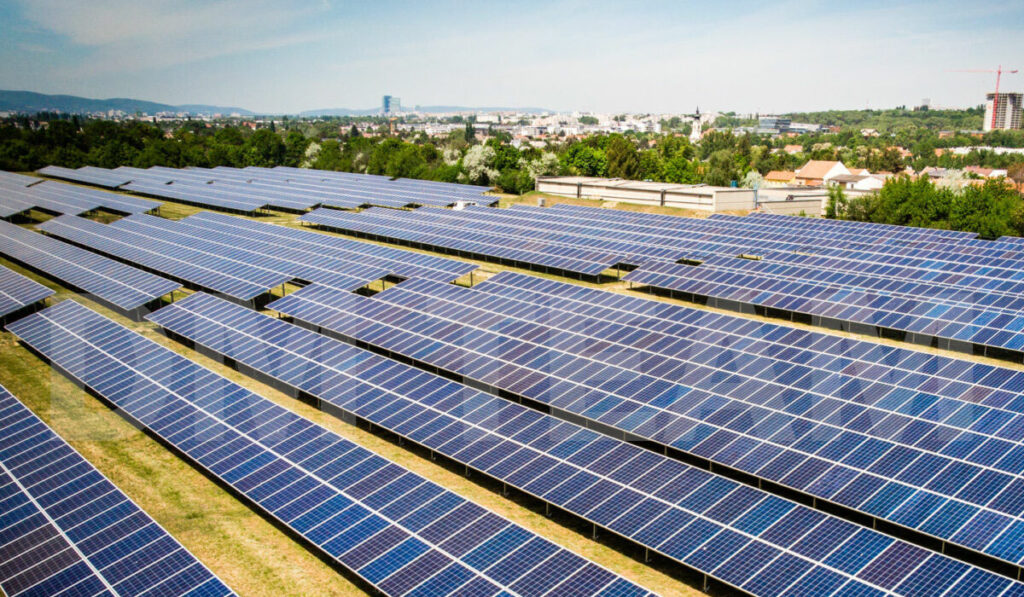
Here are some key features of Hoymiles HMS microinverters:
- Efficiency: HMS microinverters can reach peak efficiencies up to 96.7 % in converting power.
- Module-level MPPT: Each inverter has its own Maximum Power Point Tracking (MPPT) control, so each panel is optimized separately.
- Plug-and-play design: Especially for the smaller HMS models, installation is simplified with plug and play cables, fewer complex wires, and integrated Wi-Fi or wireless communication.
- Safety: Because microinverters operate at lower DC voltages (e.g. ≤ 65 V), and comply with rapid shutdown rules, they are safer during faults or maintenance.
- Scalability and modularity: You can start with a few panels, then add more later without replacing the entire system.
- Wireless communication / monitoring: HMS series uses a Sub-1G wireless link to a data transfer unit (DTU). The DTU sends data to Hoymiles’ cloud platform so you can monitor each panel’s performance.
Some Model Examples
- The HMS-600 to 1000 (2T) series can connect 2 panels, and reach up to 1000 VA output.
- The HMS-350 to 500 (1T) series is for single-panel setups.
- The HMS-1600 / 1800 / 2000 (4T) series are high-power microinverters that can connect up to 4 panels.
- Newer cost-reduced variants, the HMS-C and HMS-D lines, are introduced to lower costs while retaining strong performance.
Benefits of HMS Photovoltaik
Using HMS microinverters with a PV system brings many real advantages. Here are the main ones:
Better Energy Yield
Because each panel has its own MPPT, the system can handle differences between panels like shading, dirt, or orientation. One weak panel will not drag down the entire system.
Higher Safety
Lower voltages, rapid shutdown compliance, and isolated operations reduce risk during maintenance or when faults occur.
Easier Maintenance and Fault Detection
If a single microinverter fails, only that panel is affected. You can detect issues early via monitoring and replace a single unit, not the whole array.
Flexibility & Expansion
You can build a system in small steps. If later you want more panels, just add more microinverters without needing to change the entire inverter setup.
Good for Limited Roof or Balcony Installations
For homes or places with limited space or non-ideal roof shapes, microinverters let you place panels in different orientations or positions. It is especially useful in balcony solar setups.
Challenges & Considerations
No system is perfect. Here are some challenges you should know about before choosing HMS Photovoltaik.
Higher Cost per Watt (Initial)
Because you use many microinverters instead of one string inverter, the cost per watt can be higher.
More Components, More Points of Failure
Each microinverter is another device that can fail. But this is balanced by ease of replacement and fault isolation.
Communication & Signal Issues
Wireless or communication links might face interference or signal dropouts. The Sub-1G protocol is more stable than some, but in dense or metallic roofing environments, you must check signal quality.
Need for Proper Installation & Setup
Though designed to be simpler, correct wiring, grounding, and adherence to standards are still critical. Monitoring setup must also be done right so you can see all data.
Compatibility & Standards
You must ensure your system meets local grid and safety standards like voltage, frequency, and rapid shutdown rules. HMS units comply with many standards such as UL 1741 and IEEE 1547.
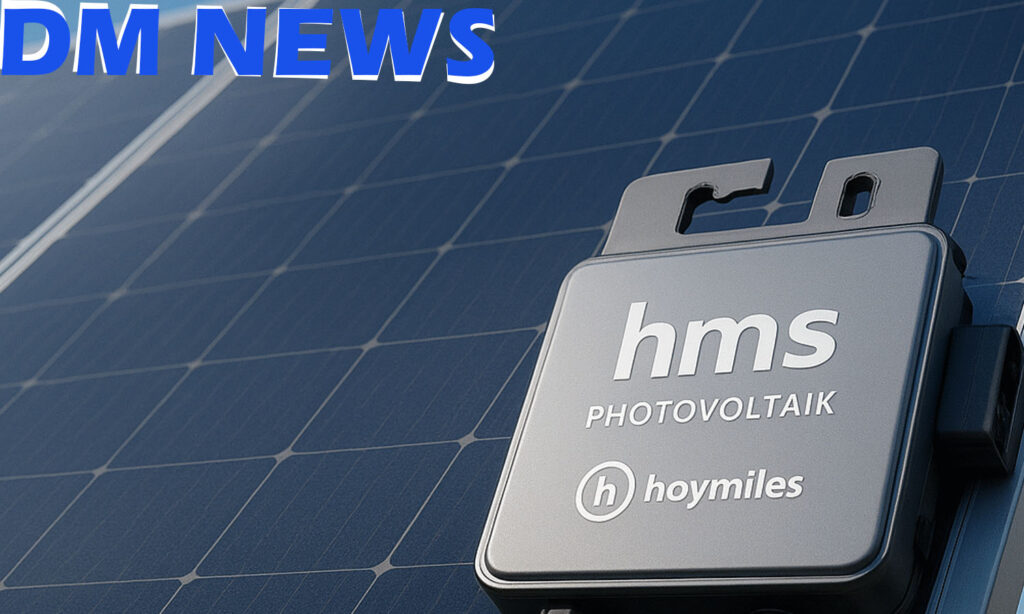
How to Choose & Use HMS Photovoltaik Successfully
Here are steps and tips to get the most from an HMS-based system.
1. Define Your Power Needs
Estimate how much wattage you want. For example, is it for lighting, appliances, or backup? This will guide how many panels and which HMS model you need.
2. Choose the Right HMS Model
Match the microinverter to panel power, voltage, and number of panels you wish to connect. For instance:
- For a single panel: HMS-350 / 400 / 450 / 500 (1T) series.
- For two panels: HMS-600 / 700 / 800 / 900 / 1000 (2T) series.
- For 4 panels or higher output: HMS-1600 / 1800 / 2000 (4T) series.
- Consider cost-optimized variants (HMS-C / HMS-D) for large scale or cost constraints.
3. Plan Roof / Panel Layout
Avoid shading, ensure good orientation, and leave space for wiring and air flow. Ventilation is good to help with cooling.
4. Communication & Monitoring Setup
Use Hoymiles’ DTU and S-Miles software to get per-panel data and alerts. Make sure wireless signal strength is good.
5. Installation & Safety
Hire or consult with a qualified solar installer. Be sure to ground properly, follow local wiring codes, and ensure rapid shutdown compliance if required in your area.
6. Maintenance & Monitoring
Check your monitoring dashboard regularly. Clean panels as needed. Replace failing microinverter units individually, not the whole system.
Use Cases & Examples
- Balcony solar: In city apartments, users mount one or two panels on a balcony or small roof, connect HMS microinverters, and plug into a socket. HMS units simplify this use case.
- Small home system: A 3 to 5 panel rooftop system using HMS units gives flexibility and safety advantages over string inverters.
- Commercial or hybrid systems: HMS 4T models can be used for medium systems in shops or small businesses.
- Incremental expansion: Start with two panels and expand later without reworking the whole system.
Summary
“HMS Photovoltaik” is often shorthand for solar systems using Hoymiles’ HMS microinverters. These devices work per panel, giving better energy yield, safety, and flexibility. The tradeoff is in cost and complexity of many units. With proper planning, installation, and monitoring, an HMS system can be a powerful and reliable choice.
Frequently Asked Questions (10)
- What does “HMS” stand for in HMS Photovoltaik?
HMS is simply the name used by Hoymiles for their microinverter series. It does not always stand for words; it is a brand line. - Are HMS microinverters better than string inverters?
They are better in many scenarios, like being more resilient to shading, safer with lower DC voltage, and easier fault isolation. But string inverters may be cheaper for large, uniform installations. - How do I monitor each panel’s output?
HMS uses a DTU that collects data via Sub-1G wireless and sends it to the S-Miles Cloud. You can see each panel’s output on your phone or computer. - What is the highest power HMS model?
The HMS-2000 (4T) model can reach up to about 2000 VA output and connect to 4 panels. - Do HMS microinverters work in bad weather?
Yes, they have protection like IP67 rating for dust and water, and can survive many environmental conditions. - What is the efficiency of HMS inverters?
Peak conversion efficiency is around 96.7 % in many models. - Can I expand the system later?
Yes, expansion is one of the strengths. You just add more panels and matching microinverters. - Are there cost-reduced versions of HMS?
Yes, Hoymiles also offers HMS-C and HMS-D variants which aim to reduce cost while keeping good performance. - What safety features do HMS inverters have?
They support rapid shutdown, operate at lower DC voltages, and comply with many safety and grid standards. - Is HMS Photovoltaik good for small homes or apartments?
Yes. HMS is especially useful in small or constrained installations like rooftops or balconies because of its modular, flexible design.
Relatable topic: Pabington, Ronenia, RealLifeCamù





